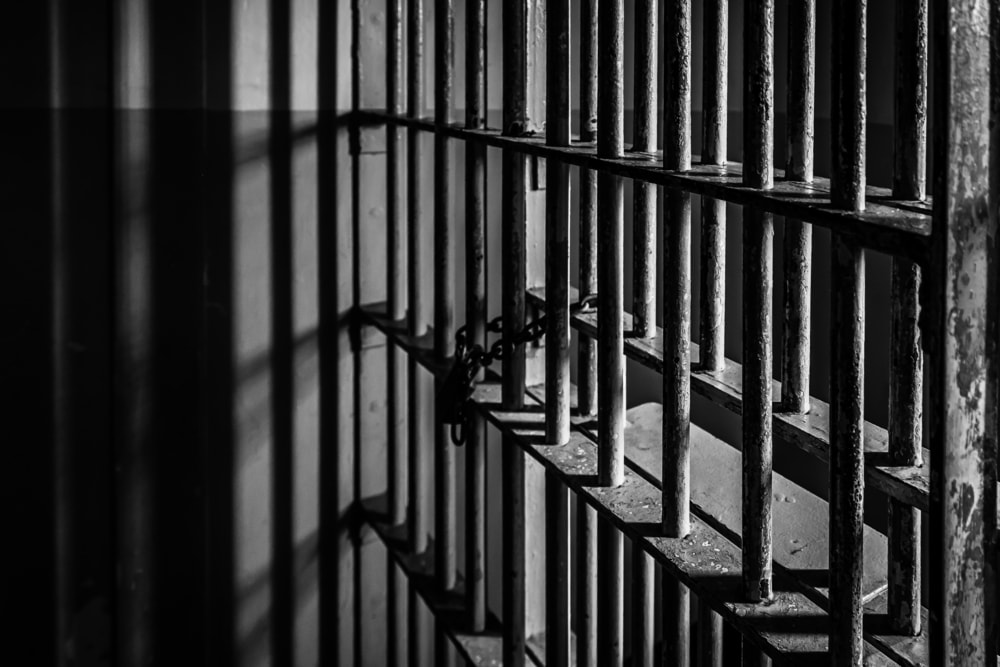Criminal Justice Reform Efforts and Rise in Crime: Introduction
This is the introduction to a series of posts on the subject. Scroll to the end to see the most recent posts in the series.
Recently, particularly horrific events—a woman shoved in front of a subway train in New York, a man driving into and killing several people at a parade in Wisconsin and several mass shootings—have captivated the public. People want to know what caused these tragedies, and several reporters and politicians have blamed criminal justice reform. Some reports, however, cast doubt on whether criminal justice reform has anything to do with an increase in crime.
While, on average, certain crimes like homicides, aggravated assaults, motor vehicle thefts and carjackings increased across the nation in the last two years, other crimes like rape, robbery and property crime decreased. Some cities that implemented criminal justice reforms—such as a reduction in low-level crime enforcement, a decrease in the use of cash bail and an increase in community-based solutions—have seen a decline in violent crimes, while other cities without criminal justice reform have seen a spike. Tough-on-crime policies do not ensure a reduction in crime, and in some cases, such policies have unintentionally increased the occurrence of crime.
Identifying the cause of an increase in crime in any jurisdiction can be challenging. It is possible that the recent increase in homicides, assaults and carjackings could be due to COVID-19-related shutdowns, unprecedented job losses and other related stressors, such as high inflation or rising housing costs. The increase in violent crime could also be due to the public discourse following the murder of George Floyd. However, other seemingly unrelated events—increased opioid overdose deaths, alcohol-related deaths and gun purchases—could also have contributed to the increase in homicides, assaults and carjackings.
Ultimately, no one can say definitively what factor—or combination of factors—added to a rise in certain crimes in specific jurisdictions. It is most likely the result of a perfect storm of events that impacted some places more than others. While the rhetoric that criminal justice reform compromises public safety has been largely debunked, it is important to continue to evaluate whether criminal justice reform could compromise public safety.
To better understand how criminal justice reform efforts could affect crime rates, we will dig into the data, history and current landscape of six Safety and Justice Challenge (SJC) sites across America. In this six-part series we will investigate the following SJC sites:
- Broward County, Fla.
- Las Vegas, Nev.
- St Louis, Mo.
- Pittsburgh, Pa.
- Baton Rouge, La.
- Missoula, Mont.
Throughout the series, readers will learn about criminal justice reform efforts in these communities as well as whether the implementation of reform efforts (or lack thereof) could be associated with an increase or decrease in crime.
This post will be updated with links to each part in the series.
- Criminal Justice Reform Efforts and Rise in Crime: Introduction
- Criminal Justice Reform Efforts and Rise in Crime: Spotlight on Broward County, Fla.
- Criminal Justice Reform Efforts and Rise in Crime: Spotlight on Clark County, Nev.
- Criminal Justice Reform Efforts and Rise in Crime: Spotlight on City of St. Louis, Mo.
- Criminal Justice Reform Efforts and Rise in Crime: Spotlight on Allegheny County, Pa.
- Criminal Justice Reform Efforts and Rise in Crime: Spotlight on Baton Rouge, La.
- Criminal Justice Reform Efforts and Rise in Crime: Spotlight on Missoula, Mont.
- Criminal Justice Reform Efforts and Rise in Crime: Conclusion







